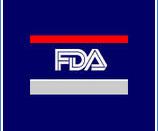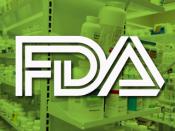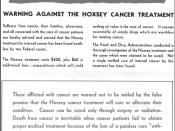March 28, 2005NUR 478University of Phoenix"Medical errors cause as many as 98,000 deaths at a cost of up to $29 billion each year in hospitals alone" (Dora State, n.d.). With the high statistical numbers of errors, it is overwhelmingly important that all nurses follow the five rights of medication administration: right patient, right route, right dose, right time, and right medication. However, due to the fast pace of nursing, critical steps in medication administration are often skipped. Legislation and rules intended to provide a safety net and protect the patient from potential harmful mistakes was needed nationwide.
In November 1999, the IOM (Institute of Medicine) released a report, To Err Is Human: Building a Safer Health System, which detailed the consequences of preventable health care errors. As a response to this press release, President Clinton proposed legislation that would require hospitals to forward information regarding any serious error to state health agencies.
Due to a lack of federal standards, this proposal called for a phase-in of reporting requirements, including mandatory reporting of errors causing death or serious injury and voluntary reporting of other errors. The American Medical Association, the American Hospital Association, and other health care organizations have opposed mandatory reporting of errors, arguing that such a requirement would only lead to increased litigation (ASTRO, 2005).
In March 2001, the Agency for HealthCare Research and Quality (AHRQ) issued a report entitled Reducing and Preventing Adverse Drug Events to Decrease Hospital Costs. The report stated that more than 770,000 people are injured or die each year in hospitals from adverse drug events and that research suggested that 28 to 95 percent of adverse drug events could be prevented by reducing medication errors through the use of computerized monitoring systems, especially computerized medication ordering systems (Department of Health and Human Services...


